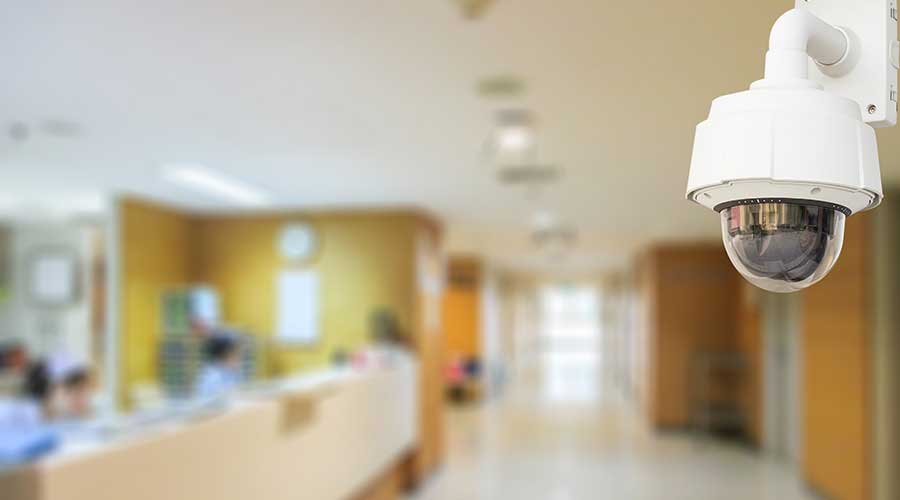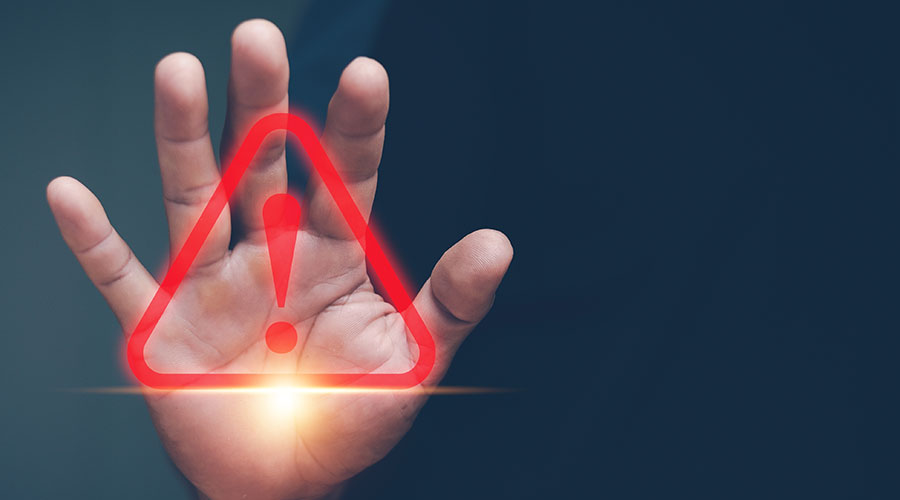An inmate receiving medical treatment at Kettering Health Dayton medical center in Ohio recently died from a self-inflicted gunshot wound after overpowering a sheriff's deputy assigned to guard them, according to the Dayton Daily News. The deputy sustained non-life-threatening injuries. The inmate fled the hospital, pointed a gun at a resident and took refuge in a nearby house. Police found the inmate with a self-inflicted gunshot wound in the house
In June 2022, another inmate fatally shot himself and a security guard at Miami Valley Hospital in Dayton after overpowering a guard. Following that incident, the sheriff's office announced changes in procedures for guarding inmates receiving medical treatment at hospitals.
Security is paramount to the safety of a healthcare facility’s patients, staff and visitors. Sometimes, the patients are inmates receiving treatment. When an inmate flees and acquires a weapon, they become a threat to the facility’s security.
Related: Man Escapes Police Custody at Jefferson Hospital
In such situations, protecting the other occupants and the facility is vital. One way to achieve this goal is through security guards, who act as the first line of defense against threats.
When the first line of defense falters, healthcare facilities managers can turn to other measures to secure the facility. One way to achieve this goal is through access control technology, which can lock down a facility.
“In the case of a violent incident, access control systems can go into lockdown mode,” Kyle Pfeiffer, industry solutions leader – healthcare at SALTO Systems, previously told Healthcare Facilities Today. “Localized lockdowns can be activated by authorized staff or remotely by administrators, immediately locking down specific doors, buildings or an entire facility.”
Jeff Wardon, Jr. is the assistant editor for the facilities market.

 The Effect of Over-Cleaning on Human Health
The Effect of Over-Cleaning on Human Health Rumored Terror Threat to Hospitals Prompts FBI Warning
Rumored Terror Threat to Hospitals Prompts FBI Warning Ground Broken on New Johns Hopkins All Children's Hospital
Ground Broken on New Johns Hopkins All Children's Hospital States Move Forward to Better Protect Senior Citizens
States Move Forward to Better Protect Senior Citizens Archer and REDA to Transform Newport Beach Building into Outpatient Center
Archer and REDA to Transform Newport Beach Building into Outpatient Center